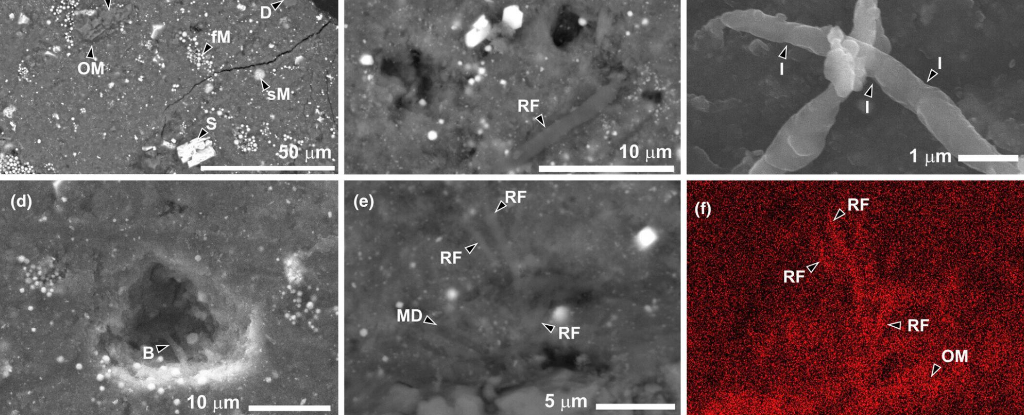
One of the biggest scientific mysteries is where life on Earth started.

There is a radical idea that Earth was seeded not just with the building blocks of life but life itself.

Life on Earth may have developed the ability to form embryos even before it grew the very first animals.

Some 3.26 billion years ago a giant rock between 50 and 200 times the size of the Chicxulub dino-killer smacked into our planet. The result of this impact may have churned up nutrients that gave a select few early microbes a boost.

The earliest cells likely didn't have membranes to separate and protect their components and chemistry away from a harsh surrounding environment. But they may have made do with rain.

Highly reactive complex molecules finding some sort of stability was a necessary step towards life getting started on Earth.

The research team investigated how the emergence of the first living systems from inert geological materials happened on Earth more than 3.5 billion years ago.

U.S. scientists argue that chance alone cannot consistently produce the highly complex molecules found in all living creatures. To produce billions of copies of intricate objects like proteins, human hands, or iPhones, the universe needs a 'memory'.

How life emerged on Earth from an assortment of non-living molecules is a stubbornly enduring mystery but now we could have some more clues thanks to a recent study.

We still don't know just how the first life emerged on Earth. One suggestion is that the building blocks arrived here from space; now, a new study of several carbon-rich meteorites has added weight to this idea.

An incredible discovery has just revealed a potential new source for understanding life on ancient Earth.

A new research article sheds light on another way that supernovae support life. Supernova activity in Earth’s neighbourhood may have led to more oxygen in the atmosphere. And oxygen is necessary for complex life.

Lightning strikes were just as important as meteorites in creating the perfect conditions for life to emerge on Earth, according to new research. This shows that life could develop on Earth-like planets through the same mechanism.

According to a new study, 555-million-year-old oceanic creatures from the Ediacaran period share genes with today's animals, including humans.

According to a recent study, if planets with similar conditions and evolutionary time lines to Earth are common, then life should have little problem spontaneously emerging on other planets and the odds are 3:2